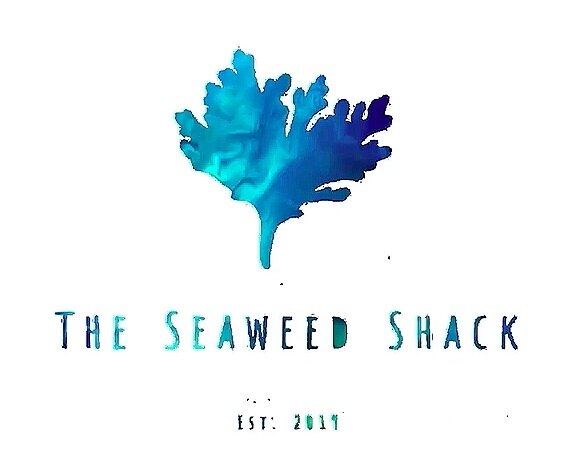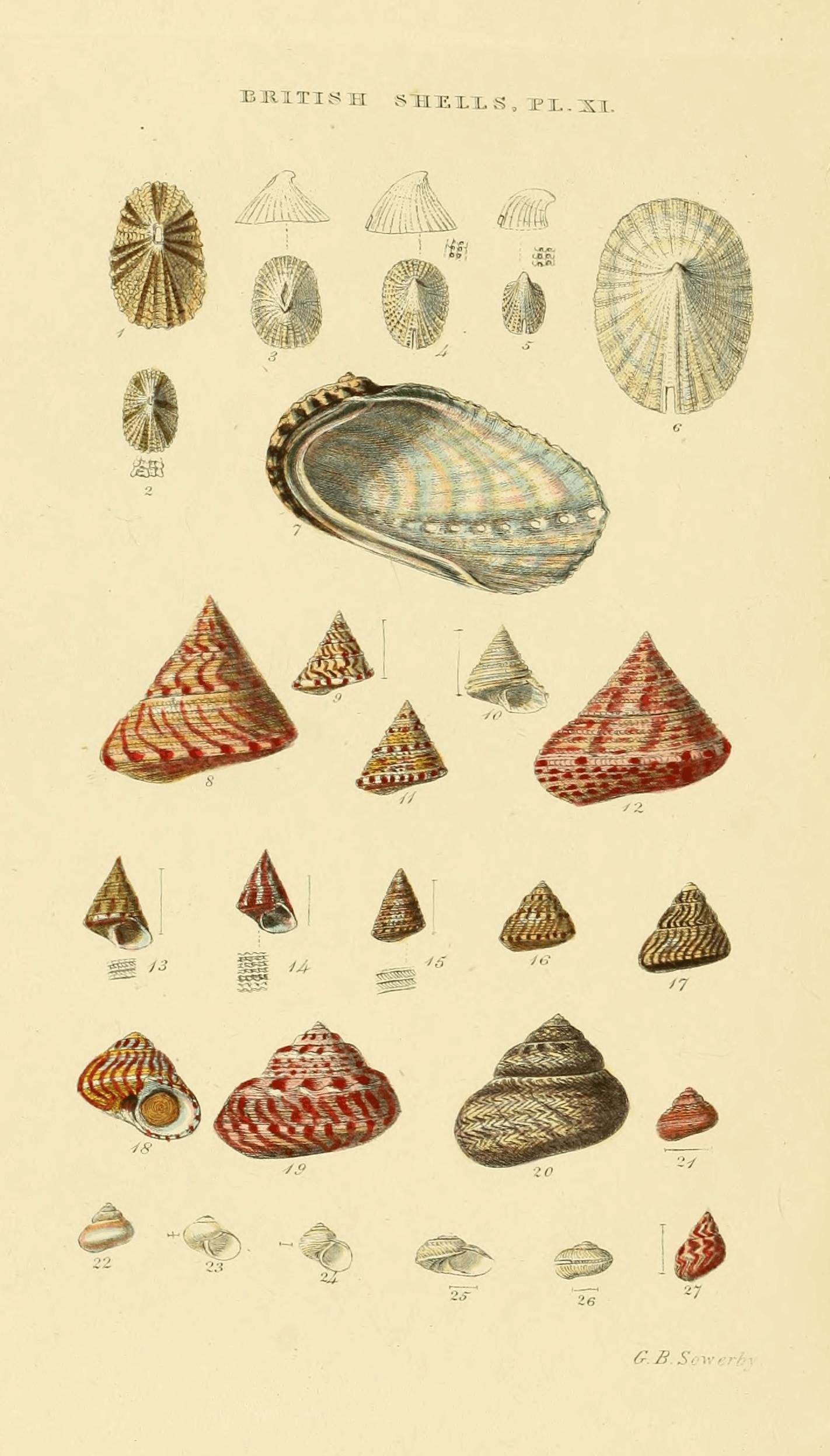Whelks & Periwinkles
Whelk is a general term which include the predatory dog whelks or Atlantic dogwinkles (Nucella lapillus). This species is found around the coasts of Europe and in the northern west Atlantic coast of North America. It also can be found in estuarine waters along the Atlantic coasts. This species prefers rocky shores, where it eats mussels and acorn barnacles.
The Venerable Bede mentions that in Britain "whelks are abundant, and a beautiful scarlet dye is extracted from them which remains unfaded by sunshine or rain; indeed, the older the cloth, the more beautiful its colour."
In Ireland, on the island of Inishkea North, Co. Mayo, archaeologists found a whelk-dyeing workshop, dated to the 7th century AD, complete with a small, presumed vat, and a pile of broken-open dog-whelk shells.
The common periwinkle or Littorina littorea is a robust intertidal species with a dark and sometimes banded shell. It is native to the rocky shores of the northeastern Atlantic Ocean. This species appears in prehistoric shellfish midden mounds throughout Europe, and is believed to have been an important source of food since at least 7500 B.C. in Scotland.
It is still collected in quantity in Scotland, mostly for export to the Continent and also for local consumption. The official landings figures for Scotland indicate over 2,000 tonnes of winkles are exported annually.
Periwinkles are usually picked off the rocks by hand or caught in a drag from a boat. They are mostly eaten in the coastal areas of Scotland, England, Wales and Ireland, where they are commonly referred to as winkles or in some areas buckies, willicks, or wilks. In Belgium, they are called kreukels or caracoles.
They are commonly sold in paper bags near beaches in Ireland and Scotland, boiled in their local seawater, with a pin or toothpick attached to the bag to enable the extraction of the soft parts from the shell. The meat is high in protein, omega-3 fatty acids and low in fat.
Ongrowing has been investigated as a potential way of increasing commercial value, but no documented pilot facilities have been established. By harvesting the periwinkle during the summer and storing them with feed until December, not only should the grade have been increased, but the market value should be higher since supply is lower in the cold winter months.
Raising the common periwinkle has not been a focus due to its abundance in nature and relatively low price; however, there are potential benefits from aquaculture of this species, including a more controlled environment, easier harvesting, less damages from predators, as well as saving the natural population from commercial harvesting.




